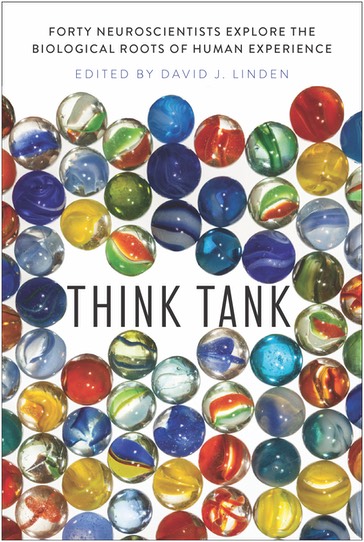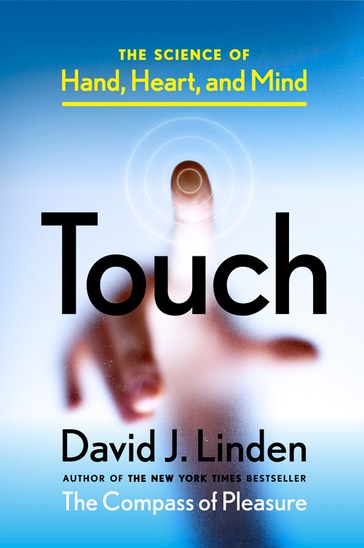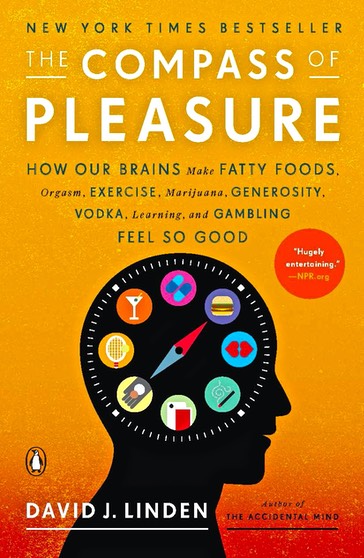During the 1830s Ireland was awash in alcohol, much of it produced locally in response to high alcohol import taxes imposed by the ruling British government. While many locals were assiduously distilling illegal poitín from potatoes or malted barley, a backlash against alcohol was also growing. The leading figure in this Irish temperance movement was a Catholic priest named Father Theobald Matthew, who in 1838 established the Total Abstinence Society. Its credo was simple: People who joined did not merely promise to consume in moderation, but took The Pledge, a commitment to complete abstinence from alcohol from that day forward. This simple approach was remarkably effective: In a single day more than twenty thousand drinkers were reported to have taken an oath of total abstinence at Nenagh, in County Tipperary. In fact, it is estimated that by 1844 roughly three million people, or about half the adult population of Ireland, had taken The Pledge.
Not surprisingly, some people looked for a way to keep to the letter of The Pledge while violating its spirit. One of these was a Dr. Kelly of Draperstown, County Derry, who realized that as a nonalcoholic tipple, ether filled the bill nicely. Ether is a highly volatile liquid that may be produced by mixing sulfuric acid with alcohol, as discovered by the German chemist Valerius Cordus around 1540. The inhalation of ether vapors leads to effects that range from euphoria to stupor to unconsciousness. In fact, ether was the first drug ever to be used for general anesthesia when in 1842 Dr. Crawford Long of Jefferson, Georgia, employed it during the removal of a tumor from the neck of a patient. Dr. Long had been introduced to ether as a recreational drug during “ether frolic” parties while a medical student at the University of Pennsylvania and had the insight to imagine its practical use during surgery.
Dr. Kelly, desperate to become intoxicated while maintaining The Pledge, realized that not only could ether vapors be inhaled, but liquid ether could be swallowed. Around 1845 he began consuming tiny glasses of ether, and then started dispensing these to his patients and friends as a nonalcoholic libation. It wasn’t long before it became a popular beverage, with one priest going so far as to declare that ether was “a liquor on which a man could get drunk with a clean conscience.” In some respects ingesting ether is less damaging to the system than severe alcohol intoxication. Its volatility—ether is a liquid at room temperature but a gas at body temperature—dramatically speeds its effects. Dr. Ernest Hart wrote that “the immediate effects of drinking ether are similar to those produced by alcohol, but everything takes place more rapidly; the stages of excitement, mental confusion, loss of muscular control, and loss of consciousness follow each other so quickly that they cannot be clearly separated.” Recovery is similarly rapid. Not only were ether drunks who were picked up by the police on the street often completely sober by the time they reached the station, but they suffered no hangovers.
Ether drinking spread rapidly throughout Ireland, particularly in the North, and the substance soon could be purchased from grocers, druggists, publicans, and even traveling salesmen. Because ether was produced in bulk for certain industrial uses, it could also be obtained quite inexpensively. Its low price and rapid action meant than even the poorest could afford to get drunk several times a day on it. By the 1880s ether, distilled in England or Scotland, was being imported and widely distributed to even the smallest villages. Many Irish market towns would “reek of the mawkish fumes of the drug” on fair days when “its odor seems to cling to the very hedges and houses for some time.” In 1891, Norman Kerr, writing in the Journal of the American Medical Association, painted a vivid picture of pervasive ether intoxication:
“Sturdy Irish lads and beautiful Irish lasses, brimful of Hibernian wit, are slaves to ether drunkenness. The mother may be seen with her daughters and maybe a neighboring Irishwoman or two at a friendly ether “bee.” The habit has become so general that small shopkeepers treat the children who have been sent to purchase some article, with a small dose of ether, and schoolmasters have detected ether on the breaths of children from 10 to 14 (or even younger) on their arrival at school.”
It is interesting to note that, even at the peak of the Irish ether-drinking craze, the possession, sale, and private use of ether remained legal. The first attempt to control the problem involved adulterating industrial ether with naphtha, which has an odor and taste even more offensive than ether itself. This was an utter failure—people just blended it with sugar and spices to mask the taste, held their noses, and tossed it back. Ether drinking in Ireland was finally curtailed in 1891 when the British government classified ether as a poison and enforced strict controls on its sale and possession, thus dramatically restricting its distribution and use. The practice lingered for a few years longer but appeared to be completely abolished by the 1920s.
Cheap, quick, and no hangover afterwards? No wonder ether was so popular. However, before you head out the door to score some, it’s worth mentioning a few of the downsides. These include a truly awful smell and taste, coupled with a strong burning sensation while the foul stuff is going down. Plus, it makes you drool like a Saint Bernard dog on a hot summer day, not to mention stimulating truly monumental burps and farts. These aren’t normal emissions—they are laden with highly flammable ether vapors. You can imagine what happened when an ether drinker would light up a pipe and belch or sit down by an open fire and break wind. Severe burns at either end of the alimentary canal were a common hazard.



